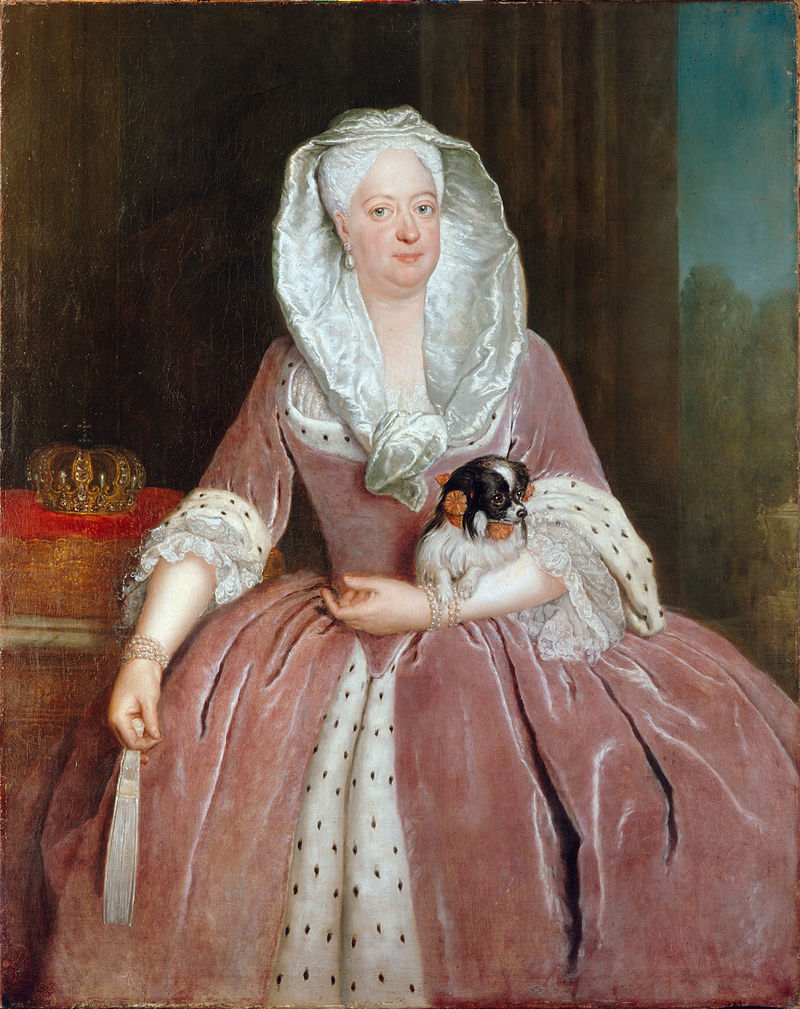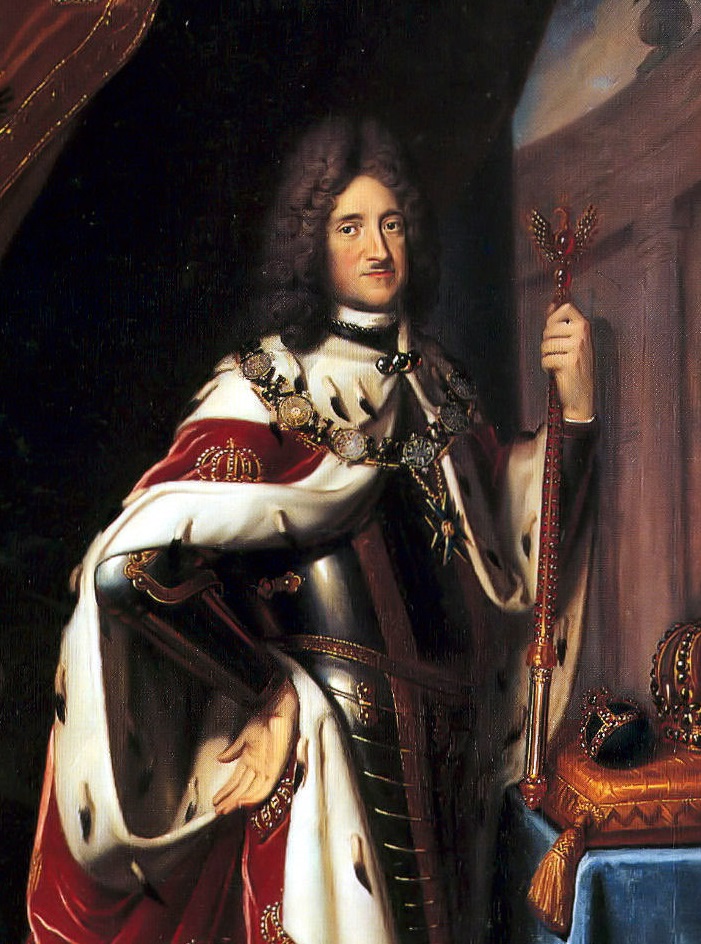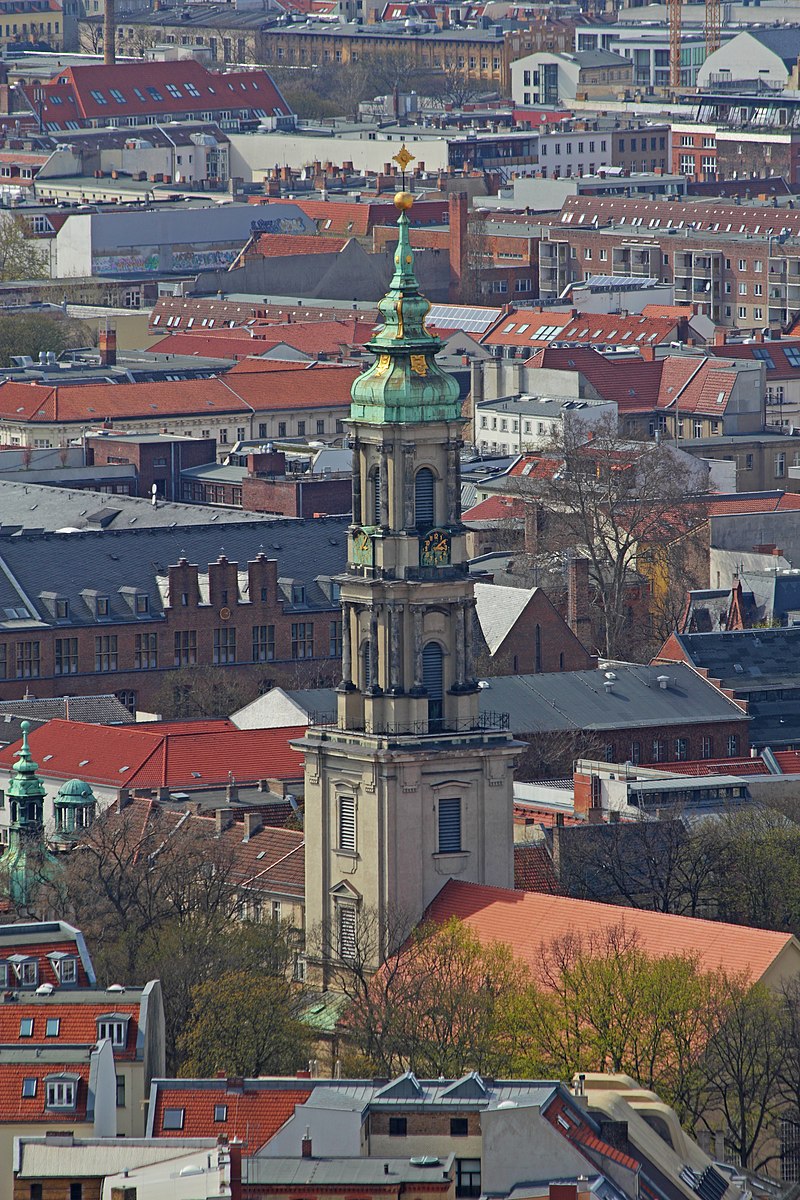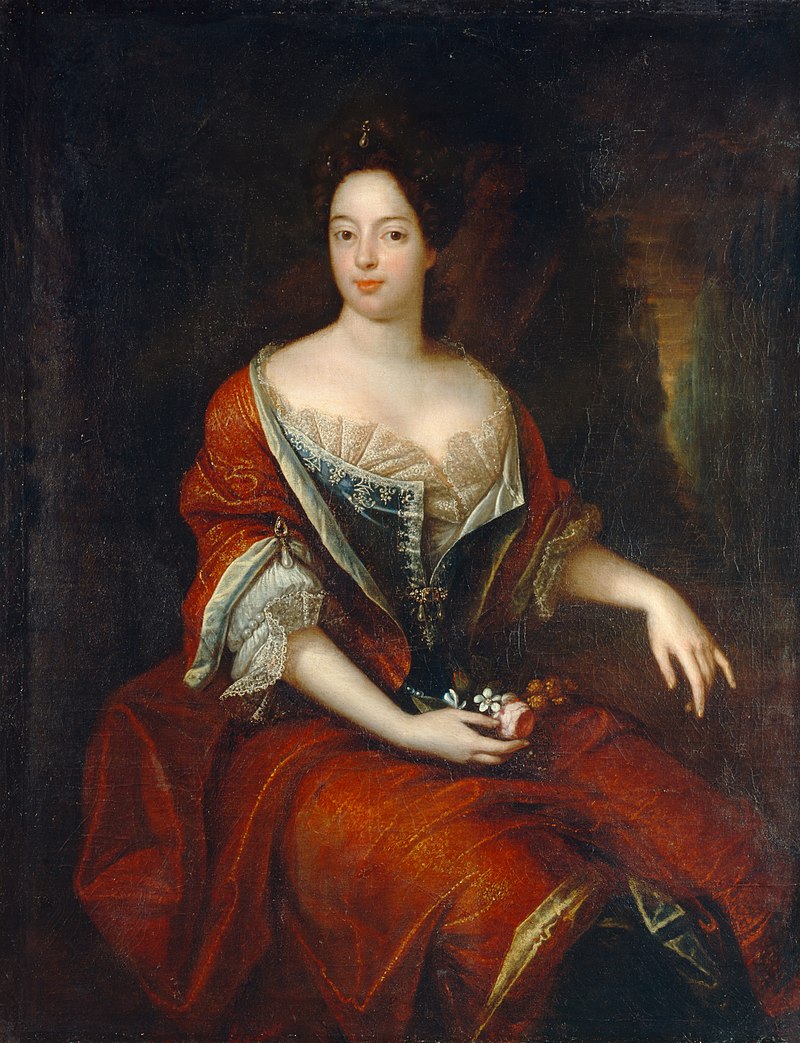by Scott Mehl © Unofficial Royalty 2019

Elisabeth Christine of Brunswick-Wolfenbüttel-Bevern, Queen of Prussia; Credit – Wikipedia
Elisabeth Christine of Brunswick-Wolfenbüttel-Bevern, Queen of Prussia
Elisabeth Christine was the wife of King Friedrich II of Prussia (Friedrich the Great), and the longest-serving Queen of Prussia, from 1740 until being widowed in 1786. She was born November 8, 1715, at Schloss Bevern, in Wolfenbüttel, Duchy of Brunswick-Wolfenbüttel, now in Lower Saxony, Germany, the daughter of Ferdinand Albert II, Duke of Brunswick-Wolfenbüttel and Antoinette of Brunswick-Wolfenbüttel.
Elisabeth Christine had 12 siblings:
- Karl I, Duke of Brunswick-Wolfenbüttel (1713 – 1780) – married Princess Philippine Charlotte of Prussia, had issue
- Anton Ulrich (1714 -1774) – married Grand Duchess Anna Leopoldovna of Russia, had issue
- Ludwig Ernst (1718- 1788) – unmarried
- Ferdinand (1721 – 1792) – unmarried
- Luise (1722 -1780 ) – married Prince August Wilhelm of Prussia, had issue
- Sophie Antoinette (1724 – 1802) – married Ernst Friedrich, Duke of Saxe-Coburg-Saalfeld, had issue
- Albert (1725 – 1745) – unmarried
- Charlotte (1725 – 1766) – unmarried
- Therese Natalie (1728 – 1778) – unmarried
- Juliane Marie (1729 – 1796) – married King Frederik V of Denmark, had issue
- Friedrich Wilhelm (1731 – 1732) – died in infancy
- Friedrich Franz (1732 – 1758) -unmarried, died in battle

King Friedrich II of Prussia; Credit – Wikipedia
On June 12, 1733, at her father’s summer residence, Schloss Salzdahlum in Wolfenbüttel, Elisabeth Christine married Crown Prince Friedrich of Prussia. The marriage had been arranged between the groom’s father, King Friedrich Wilhelm I in Prussia, and the bride’s uncle, Holy Roman Emperor Charles VI. They had no children and basically lived separate lives until their deaths.
The couple had little in common, and Friedrich resented the arranged marriage. The couple first lived at the Crown Prince’s Palace in Berlin, where Elisabeth Christine was particularly close to her father-in-law who was quite fond of her. In 1736, the couple moved to Rheinsberg Palace, where for the first time, her husband was able to maintain his own court. For the next four years, the couple enjoyed as normal a married life as could be expected, and she recalled these years as the “happiest of her life”.
It all changed in May 1740, when her father-in-law died and her husband succeeded him as King. The new King and Queen began to live separately. She was given Schönhausen Palace and apartments at the Berlin Stadtschloss, both in Berlin, Kingdom of Prussia now in the German state of Brandenburg, and presided over her own quite large court, while the King lived primarily in Potsdam. Despite their separation, the new King understood the importance of court life and ensured that Elisabeth Christine had a very prominent and official role. While the King rarely attended any court functions, the Queen was always there, even often representing him at his own birthday celebrations.
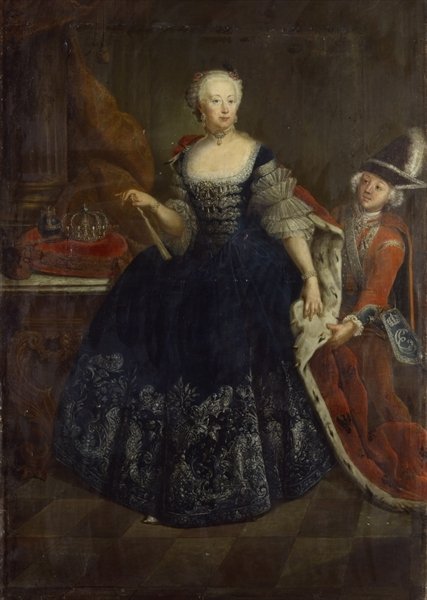
Elisabeth Christine of Brunswick-Wolfenbüttel-Bevern, Queen of Prussia; Credit – Wikipedia
Beloved by the people of Prussia, Elisabeth Christine became a symbol of strength during the Seven Years’ War, overseeing the evacuation of the royal court to Magdeburg in 1757. Further endearing herself to the Prussian people was her charity work. She donated the majority of her allowance to charitable causes each year. She was also responsible for bringing silk cultivation to Prussia and published several translations under a pseudonym.
Widowed in 1786, the Dowager Queen continued to have a very prominent role at court and was often consulted on matters of etiquette and court life. Despite her husband’s indifference during their marriage, she was also well provided for in his will, receiving an increase in her allowance, residence at any of the royal palaces of her choice, and the distinct order that she always be treated with the utmost respect due to her as Queen.
Eleven years later, on January 13, 1797, Dowager Queen Elisabeth Christine died at the Stadtschloss in Berlin, Kingdom of Prussia, now in Brandenburg, Germany, and was buried at the Berlin Cathedral.
This article is the intellectual property of Unofficial Royalty and is NOT TO BE COPIED, EDITED, OR POSTED IN ANY FORM ON ANOTHER WEBSITE under any circumstances. It is permissible to use a link that directs to Unofficial Royalty.
Prussia Resources at Unofficial Royalty



